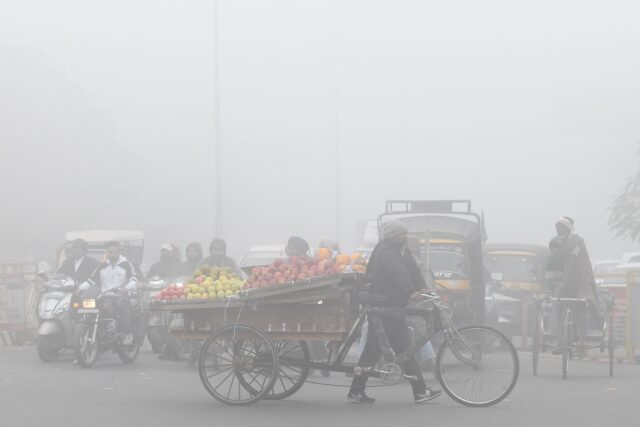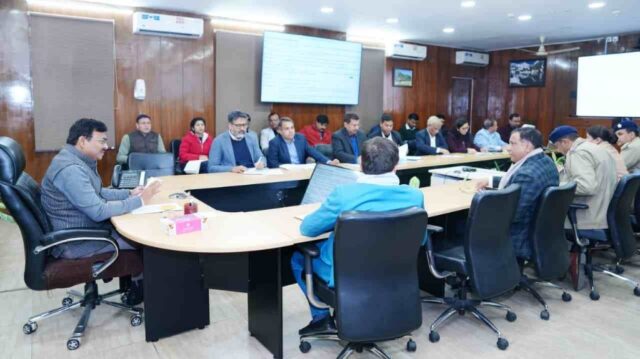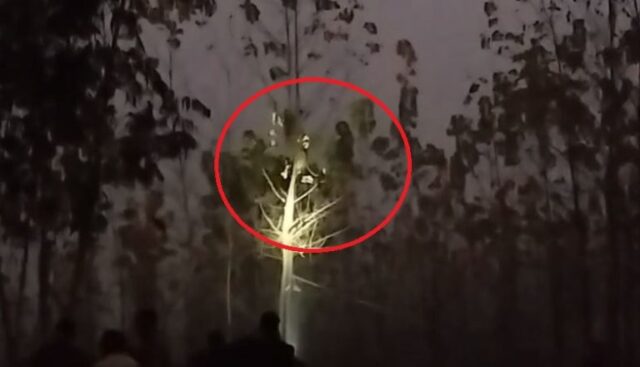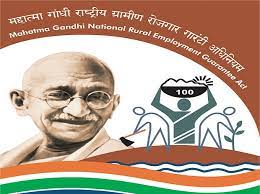Uttarakhand: Now preparations to destroy 35 villages for Lakhwad Dam

The work on the second phase of Vyasi Lakhwad Hydroelectric Project of Uttarakhand Hydropower Corporation has started. Vyasi Dam was built in the first phase of this project. Lohari village was deceived for this dam. This deception was such that even after the entire Lohari village was submerged in the dam, most of the people living in this village are still spending their days in the government school building located at some height from the village, even after 22 months. In the second phase, the construction work of Lakhwad Dam has been started.
This dam is bigger than Vyasi Dam and about 35 villages are falling under its jurisdiction. Two villages are in completely submerged area and the remaining villages are in partially submerged area. The promises made to the people of the affected villages for Lakhwad Dam are not being fulfilled. The youth of these villages have currently started a protest at the dam construction site. Lakhwad Dam is constructed about 7 km away from Vyasi Dam. The distance of this dam is about one kilometer from Lohari village which was drowned in Vyasi Dam.
Lohari village, which has taken water samadhi in Vyasi dam built on Yamuna river, is in Dehradun district. Tehri district border is on the other side of Yamuna river. The distance of Lohari village from Dehradun city is about 70 km. Along with taking stock of the condition of the people of Lohari village which drowned 22 months ago, Jan Chowk also talked to the youth of Lakhwad Dam affected villages who are agitating in Lohari. In this article, we will first talk about Lohari village, which was given Jal Samadhi in April 2022.
Many families of the village are still living in the vacant school building. When Jan Chowk reached the village school, he found three women and some youths. We asked 97-year-old Gumani Devi, who walks with the help of crutches, how life is going after the village was submerged. In response, tears welled up in his eyes. He said in the tribal Jaunsari dialect, the village has drowned, he is lying in the school, now he has to die here. Even the children have no place left. Roshni Devi, sitting nearby, said, there was a lot of irrigated agriculture on the banks of Yamuna.
They did not know that grains and pulses were also bought from the shop. Everyone grew it in their fields. Now there is no village, no fields, each and every thing is being bought and eaten. Roshni Devi says that those who have government jobs are thinking of building houses in Vikasnagar or Dehradun. But the families who earn two paisa by working hard, spend it only on ration and water. In such a situation, one cannot even think of building another house somewhere else. Have been in this school for two years, don’t know what will happen next.
We met Ramesh Tomar and Mahesh Tomar in school itself. When he was asked that according to the government, the people of Lohari have received compensation 9 times, then why did they not build houses elsewhere with this amount? In response to this question he told the complete story of this project. This story tells how people’s houses and lands are taken away for projects and how people are cheated. According to Ramesh Tomar, the Vyasi Lakhwad project had started in 1968 itself.
In 1972, a small amount of land was taken from his ancestors and a compensation of some rupees was given as per that time. This compensation was not enough to enable them to buy houses or land elsewhere. Apart from this, the land that was acquired was not taken over, hence even after getting compensation, they continued to occupy their land.
This project remained in cold storage for several decades. Later, when preparations were made to start the work again, some land was acquired from the ancestors of the next generation. Even then the compensation was not enough that they would have left Lohari village and settled somewhere else. Now the work started about a decade ago and some more land was acquired from the present generation. The land was not acquired at once but in small pieces and accordingly compensation was also given in small pieces. In this way the counting was done nine times, but due to non-payment of lump sum amount the villagers could not do anything. He says that in previous years people had refused to take compensation and were demanding land in exchange. But, money was forcibly deposited in people’s bank accounts.
Mahesh Tomar says that the real fight of the villagers is to give land to all the families at one place, so that the entire village can move from here and settle somewhere else. They say that being a tribal society, their customs, festivals and gods and goddesses are different from other societies. Every function, every festival, every worship of the tribal society is collective. In such a situation, their demand is that they should be provided land to establish a village at the same place. People of tribal society feel uncomfortable living among other people, but the government is either not able to understand their feelings or is deliberately ignoring them.
Due to reduced water level of the dam, the houses of Lohari village are out of water these days. Jan Chowk along with some youths of the village saw the houses of the village coming out of the water. What was a cheerful village two years ago is now in ruins. People had taken whatever stuff they could from their homes to the school, which is still rotting in the open. The green fields adjacent to the village are now full of sand, mud and swamp.
There are now several feet of sand and mud in the lower parts of the houses that were eroded by water. The youth of the village kept telling that at this place we used to play, at this place collective worship took place and at this place our animals lived. Sandeep Tomar says, even after the water level has reduced, now we do not come to this side. Seeing the condition of the houses makes one cry and feels bad. We want to forget these houses, these fields, but it is not possible to forget the village in which we were born and grew up.
Construction of Lakhwad Dam has started about one km above Lohari village. This is the second phase of this project. In the first phase, Vyasi Dam is built at a place called Juddo, which is about 6 km below Lohari. Zero point of Vyasi Dam is Lohari village. That means the submerged area of this dam is till Lohari. The work of Lakhwad Dam, about one km above Lohari, is progressing rapidly. At this place, youth from 35 villages affected by Lakhwad Dam are protesting. Some of these villages are in Dehradun district on the right side of Yamuna and some in Tehri Garhwal district on the left side.
These are all tribal villages. While talking to Jan Chowk, these youth say that the work has been started without fulfilling the promises made to the people of the villages affected by Lakhwad Dam. According to the youth, they have given 15 days time. If the promise of providing jobs to the youth of the project affected villages is not fulfilled during these 15 days of strike, then the people of the entire valley will gather in Lohari and get the construction work of the project stopped.
Sandeep Tomar of Lohari is leading the protest going on at the dam construction site for the last 8 days. Sandeep says that when the construction of Vyasi Dam started in 2016-17, the people of Lohari village had agitated. They were mainly demanding employment of village youth in the project. At that time, Uttarakhand Jal Vidyut Nigam, which was building the project, had talked about recruitment on 97 posts. Out of these, recruitment was done on 57 posts. 40 posts remained vacant. Now 3 more posts have become vacant. Now all the villages affected by the project have been included in the recruitment for these posts, but recruitment is not being done. He says that now Vyasi Dam has been built and power generation has started from it.
68 more posts are to be filled in power house operation related works. Through this protest they are demanding recruitment on 111 posts. They say that among the posts that were removed in 2016-17, there were also 4 posts of Steno. At that time, no youth was qualified for this post, hence all four posts remained vacant, but now after so many years, many youths have qualified for these posts, but the recruitment has not been done till now.
Arvind Rawat of Kandi village, who was sitting on the dharna, says, the most unfortunate aspect of the public struggle regarding this project has been that when the people of Lohari were agitating, the people of other villages affected by the project were silent. They thought that this fight was only for the people of Lohari. But, now that the construction of Lakhwad Dam has started, people of other villages have realized that Lohari-like deception is being played on them too. He says that in the coming days, the people of the entire dam affected Yamuna valley are going to hold a Panchayat in Lohari. Considering the demands of the affected people in this Panchayat, a major political decision can also be taken.






